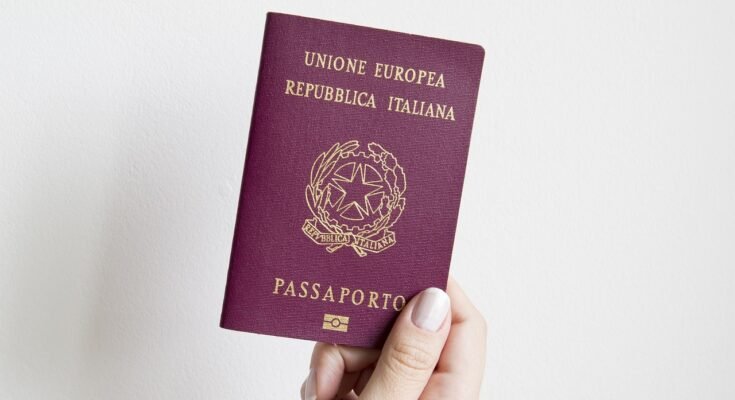Italy Immigration: Trends, Policies, and Opportunities in 2025
Italy has long been a gateway to Europe, not only for its geographical location but also for its rich culture, strong economy, and historical openness to global movement. As of 2025, immigration remains a significant and evolving issue in Italy, shaped by social, economic, and political dynamics both within the country and in the broader European Union.
Overview of Immigration in Italy
Italy is home to over 5 million foreign nationals, making up approximately 8.5% of its total population. Immigrants contribute to various sectors, especially agriculture, construction, healthcare, domestic work, and tourism. The country serves as both a destination and a transit point for migrants aiming to reach other parts of Europe.
Key Immigration Pathways
- Work Permits and Employment Immigration
Italy operates under an annual immigration quota system known as the Decreto Flussi (Flow Decree), which regulates the number of non-EU workers allowed to enter for seasonal or long-term employment. In recent years, the government has increased quotas to address labor shortages in agriculture, caregiving, and construction. - Family Reunification
Foreign nationals legally residing in Italy are allowed to apply for family reunification, enabling spouses, children, and dependent parents to join them. This remains one of the most common reasons for immigration. - Asylum and Humanitarian Protection
Italy continues to receive asylum seekers, mainly from Africa, the Middle East, and South Asia. Refugee applications are handled under EU guidelines, but Italy’s national policies often shift depending on the political climate. In 2025, efforts are being made to balance security concerns with humanitarian obligations. - Student and Research Visas
Italy’s universities attract international students, especially from countries like China, India, and several African nations. Academic visa holders can also transition to work permits post-graduation under certain conditions. - EU and EEA Citizens
Citizens of the European Union and the European Economic Area enjoy the right to live and work in Italy without the need for a visa. However, registration with local municipalities is required for stays longer than three months.
Recent Developments and Reforms
In 2025, the Italian government introduced several key changes to immigration policy:
- Digitalization of Immigration Services: Visa applications, residence permits, and renewals are increasingly being handled online, reducing bureaucracy.
- Pathways to Citizenship: New reforms have slightly reduced the residency period required for naturalization from 10 to 8 years for eligible applicants.
- Increased Quotas for Essential Workers: The 2025 Decreto Flussi includes over 150,000 permits, with emphasis on health care, agriculture, and domestic work.
- Crackdown on Irregular Migration: Border controls and cooperation with North African countries have been intensified, though these moves have sparked human rights debates.
Challenges and Controversies
- Integration Issues: Language barriers, unemployment, and discrimination remain significant obstacles for immigrant integration.
- Political Polarization: Immigration continues to be a polarizing political issue, with far-right parties advocating for tighter restrictions and left-leaning groups pushing for inclusion and reform.
- Undocumented Migrants: It is estimated that hundreds of thousands of migrants reside in Italy without legal status, often working in informal sectors under exploitative conditions.
Future Outlook
Italy’s demographic challenges—including a low birth rate and an aging population—mean that immigration is likely to remain essential to its economy. Policymakers are under increasing pressure to create sustainable, humane, and economically beneficial immigration policies. Innovations in legal migration channels and integration programs are expected to be a central theme over the coming years.
Conclusion
Immigration in Italy is a complex but crucial issue that blends opportunity with challenge. As the country navigates economic demands, political pressures, and humanitarian responsibilities, the success of its immigration policy will depend on its ability to balance control with compassion and integration with inclusion.
If you’d like this tailored for a specific audience (students, policymakers, migrants, etc.) or want statistics or citations included, I can customize it further.
